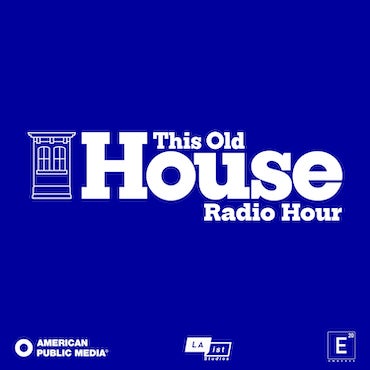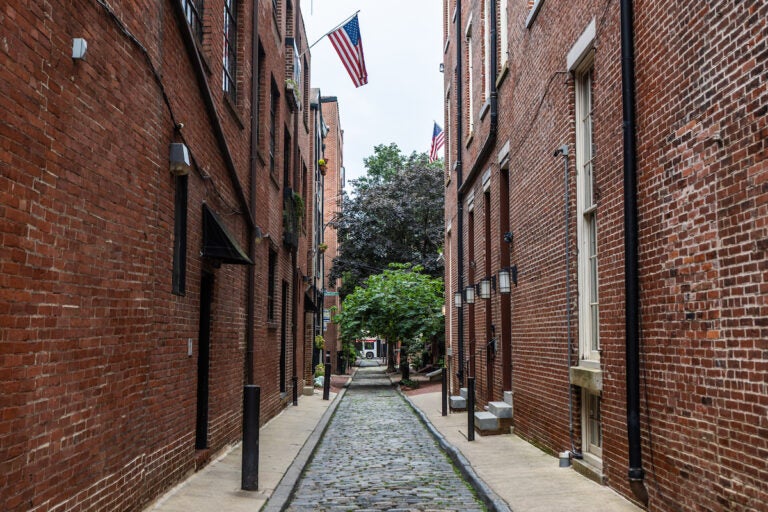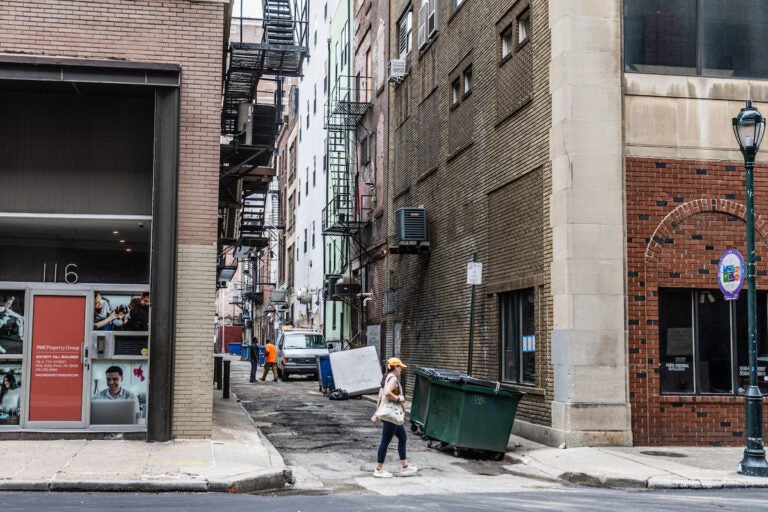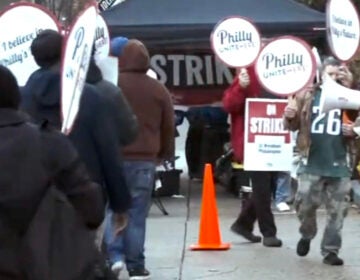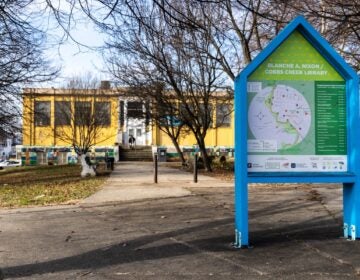Philly’s alley dumpsters could be locked if Center City District meets its ‘clean and green’ mission
Businesses may have to start locking alley dumpsters if the law changes as an effort to reduce litter and illegal dumping.
Listen 2:09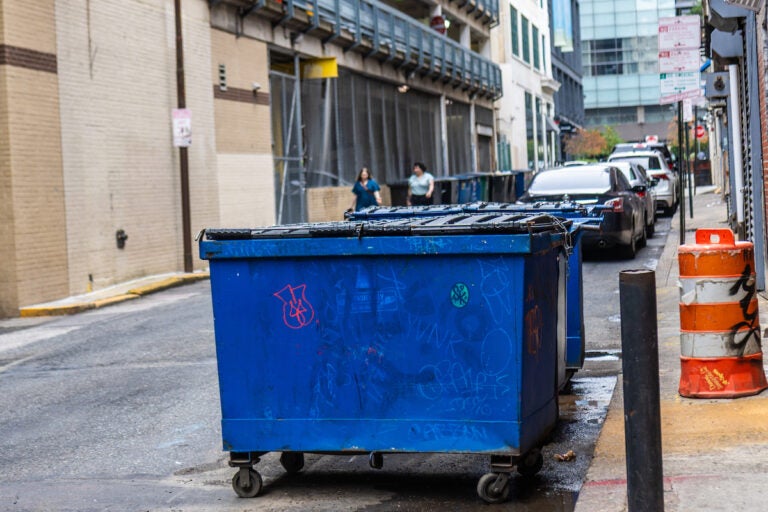
Pedestrians walk down the center of Ludlow Street between 10th and 11th streets in Philadelphia. (Kimberly Paynter/WHYY)
Have a question about Philly’s neighborhoods or the systems that shape them? PlanPhilly reporters want to hear from you! Ask us a question or send us a story idea you think we should cover.
Philadelphia is often touted as one of the nation’s most walkable cities, especially in its dense urban core. That reputation has fueled millions in public investment aimed at making sure its public streets are clean and green for visitors, commuters and the growing population of residents who now call Center City home.
Spearheading that effort has been Center City District, a business organization tasked with improving the quality of life for everyone who experiences the city’s hub.
Whether it’s a visitor in town to explore the city streets on the hunt for community murals, unique sculptures or other public art installations — or professionals visiting for a work-related conference — there are more than 300,000 pedestrians on Center City streets on any given day. That includes college students, commuters and residents going to class, work, an art performance or a health care appointment.
About 67,000 people live within the Center City core, with a median age of 36 years old, according to 2023 U.S. Census data analyzed by Center City District.
The street-level experience for everyone matters for economic development — at least that is the theory behind much of what Center City District does.
For example, there were about 16,900 pedestrians on average along the 1200 block of Chestnut Street during the month of June, according to Placer.ai data that uses smartphones to keep tabs on foot traffic.
So it was no surprise when its CEO Prema Katari Gupta kept getting emails with photos about what was happening on the streets of Philadelphia’s alleyways within Center City.
“You’re walking along, things feel good. There’s lots of people around, the sidewalks are clean, there’s plants in the planter, there’s trees, there’s children, there’s strollers and then you turn a corner and the alleys are so awful,” Katari Gupta told WHYY News. “Starting to think differently about our network of alleys could be a really important way of enhancing the walkability of Center City. I think it’s doable if we start to question these sort of defaults that an alley is a grubby foreboding place. It doesn’t have to be.”
Her experiences prompted a report about alleyways and dumpsters.

Center City District has spearheaded public park space, open streets encouraging pedestrians to shop, stroll and dine and invested in urban infrastructure for decades.
To maintain momentum, the city must address its most persistent vulnerabilities, especially with Philadelphia preparing to face global scrutiny in 2026, Katari Gupta said.
Now the organization is lobbying City Hall lawmakers and Mayor Cherelle Parker’s administration to consider changes that would help the group keep its clean and green promises, even in alleys with privately controlled dumpsters.
The data collection effort began before a massive municipal sanitation worker trash strike that added much more dumping to city streets.
“Our next steps are working with partners in city government to potentially look at changing regulations as well as better education [and] enforcement,” Katari Gupta said. “Once that baseline condition is established then we can have a little bit more fun with public art and pop-up retail and lighting and all the other stuff we’ve seen in other cities.”
Center City District collected data across 2.5 miles in many smelly situations, tracking all 45 alleyways and the 446 dumpsters there. The data collection took place in both summer and winter, specifically in July 2024 and January 2025.
Philadelphia already requires dumpsters to have a visible medallion with a permit number, dumpster waste removal at least once a week, dumpsters that are “free of offensive odors” and clean, and lack of graffiti with “tightly sealed lids” without litter in the surrounding area. The fire-proof dumpster lids “must be securely closed immediately after the unit is emptied,” according to city legislation. Fines of at least $100 and no more than $300 per violation could be levied, according to the original legislation that dates back to 2009.
Dumpsters with “non-grindable” food waste must be emptied twice a week. Food establishments in the city are already required to have garbage disposals for any grindable refuse. Businesses with dumpsters that don’t comply “may be fined and may have their commercial activity license revoked.” Dumpsters are also prohibited from being collected citywide by trash trucks between 9 p.m. and 7 a.m.
The city is permitted to seize dumpsters in the public right-of-way that don’t have a valid license, subject to fees and penalties.
City code requires sealed dumpsters. Enforcement is handled by the city’s sanitation department through its Streets and Walkway Environmental Enforcement Program, known as SWEEP, while the Department of Licenses and Inspections can investigate any overflowing dumpsters.
The rules are citywide, not just for Center City dumpsters.
Complaints can be filed with the city’s 311 system online, via phone or through its mobile app. City records show thousands of dumpster violation requests on file, but as an example, here are two situations with commercial dumpsters in Center City.
In March 2025, a dumpster violation was reported using 311 on the 1200 block of Spruce Street, accompanied by a photo showing an overflowing dumpster. That same month, another overflowing dumpster was reported along the 1300 block of Locust Street. The city of Philadelphia responded to those violations within three business days and assigned the issue to the streets department. When the records were updated, the matter was marked as closed and completed.
Despite these rules and an enforcement mechanism in place, 68% of the 446 dumpsters were unlocked or unsealed. Additionally, 77% of the dumpsters did not include permit holder information. The majority of alleyways with dumpsters included activity by individuals experiencing homelessness, largely with dumpsters that were not sealed and wide open.
As a result, Center City District workers have noticed “a rise in homeless encampments and discarded drug paraphernalia at these sites over the past year,” according to the organization’s report that inspected alleys and dumpsters.
“Our sidewalk cleaners are out there three times a day cleaning the primary streets,” said Andrew Jacobs, director of planning and urban design at Center City District. “But then you have maybe a visitor come walking down a clean sidewalk and they walk by a dirty, disheveled alley and all of a sudden they leave Center City thinking this is what it looks like, that’s what they remember.”
Center City District already works with partner organizations to do outreach for individuals experiencing homelessness and does not see the effort to lock a dumpster as an anti-homelessness activity. They see the goal as “unlocking real estate” for more business activity on smaller streets that are inviting economic development.
Sometimes holding businesses accountable for their dumpsters can be difficult. In one alleyway, there were six different companies responsible for collecting and hauling away trash from dumpsters, according to the report.
But there were also bright spots that already exist in the city, such as street cafes, murals, soft glow lighting and movable partitions to shield diners from alley dumpsters, like the 1700 block of Moravian Street.
On the 1300 block of Drury Street near Juniper Street, there’s an alley trash compactor that removes the need for a street dumpster with a security gate for residential tenants and planters on the sidewalk.
There’s even a public sculpture installed back in 2021 along the 1200 block of Cuthbert Street that’s suspended above an alley which doesn’t typically feature large commercial dumpsters and was funded by the Philadelphia Percent for the Art program.
So anyone walking near Reading Terminal Market and Philadelphia City Hall might catch a glimpse of public art as they cut through a quiet alley — as opposed to bustling city streets with buses and car traffic — that would otherwise not be a destination.
And in Old City, tourists frequently trek to a famous street, Elfreth’s Alley, to learn about Philadelphia’s history.
Overall, Center City District researchers found that alleys can both be a burden and a boon to city life, depending on their caretaker.
Editor’s Note: A previous version of the story misidentified the source of Center City District’s pedestrian foot traffic data.

Subscribe to PlanPhilly
WHYY is your source for fact-based, in-depth journalism and information. As a nonprofit organization, we rely on financial support from readers like you. Please give today.

